Metal Gear is an intense series, which has set and defied video game genres in its long and storied history. In terms of both gameplay and the way the story is crafted, each entry evolves to add something new to both the series and games. The original MSX Metal Gears with the the introduction of the stealth gameplay, Solid with the cinematic approach to storytelling and the rest of the series to expand on those two core concepts, each getting more refined as time moves on. Metal Gear Solid V: The Phantom Pain is no exception, with this game being creator Hideo Kojima’s swan song, the bar was set even higher for a Metal Gear game. With the collective fanbase going nuts on how “little content” Ground Zeroes contained (I personally clocked in about 20-30 hours into it), everyone had their eyes set on The Phantom Pain. Not only does it deliver, but it once again, changes and defies the very genre it helped establish.
Phantom Pain opens up 9 years after the events of Ground Zeroes, where Big Boss was put into a coma and finally awakens. From there, he teams up with series regular Ocelot, to reunite with Kazuhira Miller and re-form the private military army. Together, they seek revenge on the man who destroyed their home, Skull Face and ultimately the organization pulling everyone’s strings, Cipher. The game does a great job catching new players up on the past events rather quickly as Big Boss (now Punished “Venom” Snake) has trouble recalling his memory due to a crash. Surprisingly, however, Phantom Pain has an incredibly low amount of focus on cut-scenes, but rather relying on cassette tapes to fully expand the lore of the series. Every other game in the series has had a heavy focus on cut-scenes, but it seems like Kojima took the complaints from the over-usage of them in Guns of the Patriots to heart.
The tapes help fill in a lot of gaps left behind from other games, especially in the Big Boss saga. In addition, there were some hidden gems in the tapes that helped me piece together histories from characters in the Solid Snake saga, which left me incredibly overjoyed. Seeing Peace Walker characters like Miller and Huey Emmerich actually rendered and walking around filled me with an intense amount of joy. Both Miller and Snake are hellbent on revenge, the overarching theme goes around, yet seeing them so passionate about it was incredibly terrifying in some aspects. Watching these beloved characters essentially turn twisted, was a fun, scary ride. A lot of which, was portrayed excellently through the tapes. While I personally miss the lack of cut-scenes, especially with the new Fox Engine to show off, the gameplay was clearly the focus in this entry, and boy does it show.
Rather than follow an overall linear based structure like the past, Phantom Pain takes a cue from Peace Walker by using a mission select style instead. You can choose to do main missions, side ops or even just go into free roam at anytime, flawlessly. Either by doing so onboard the chopper, or even while in one of the games overworlds. Players can even be riding around the desert and stumble upon one of their side ops and choose to complete it, if they wish. Not to mention, the overworlds have an incredible amount of content themselves, from hosting both style of missions, to being able to infiltrate enemy outposts, capture guards and animals, pick flowers or even just run around and kill everything. This approach allows strategic freedom, especially if the player wants to farm some GMP (the form of in-game currency) to develop more stuff for themselves and their Mother Base.
Again like Peace Walker before it, Phantom Pain players are told to care for Mother Base and expand it. Both by bringing in recruits from the outposts, volunteers and expanding the structures of Mother Base to allow more personnel. From there, you can develop weapons, tools and even get equipment for Snake, Mother Base guards and your various Buddies throughout the course of the game. While it is more hands on than Peace Walker, veteran players can except to find more or less the same aspect. That said, it’s still incredibly stressful during key story driven events that occur in Mother Base. It’s a great way to have the players more involved and actually give a damn about your soldiers in Mother Base and feel more in-tune with Big Boss himself. Keeping Mother Base staff happy is a key element to the game, both for in-game purposes and story wise, as you try to keep Snake from being truly demonized.
The stealth genre got flipped upside down with The Phantom Pain, with what seems to be in a very minimal, yet effective effort. Going back to strategic freedom, you can literally choose the best course of action for the situation, there is no right or wrong way to do a mission. Either use your Phantom Cigar to turn the daylight into night and infiltrate then, with a lack of visibility but tighter security or go in guns blazing and hope for the best. Players from Ground Zeroes can except the same type of gameplay, with tighter gun controls, CQC options and overall better fluidity. Even the dynamic weather can be used to aid you from time to time. I’ve lost count of how many times a sandstorm has saved me from ex-filtrating from a tight lit situation. The items also add an incredible amount of options for all sorts of different situations for players to use. With the addition of calling in supply drops, you can literally adapt to any given situation.
Snake’s movements flow more freely than they have in the past games and going back to the others in the series will be even harder from here. Items like the cardboard box receive complete overhauls in ways that make you wonder why they weren’t implemented before. Little details like knocking over powerlines to take out the lights or enemies smelling the blood on Snake’s unwashed clothes and discovering him sneaking up on them, add so much incredibly dimension to an already complex genre. The addition of the Bionic Arm and the ability to upgrade it adds another layer to the depth, such as the ability to knock anywhere around you. With so much at your disposal, you truly feel like the legendary Big Boss, especially with the addition of the open-world. Each new item adds more and more not only to your arsenal, but to your capabilities as a gamer and as the greatest soldier that ever lived. Strategic freedom, at its finest.
Then there’s the all-new Buddy system. With a good amount of Buddies at your disposal, each one has a different aspect for different types of missions. D-Horse is best used for early game transportation (though the defecate command is incredible), D-Dog excels at infiltration, while Quiet is the master of covering for you in sticky situations. As time goes on, you develop bonds with each Buddy, which dictate the ability to create new equipment for each of them and also gives them new abilities to use. Each Buddy is incredibly fun to use, however, it isn’t without faults. Late in the game, there tends to be an over-reliance on one particular Buddy, which tends to make things a bit too easy. Sometimes the Buddies won’t listen to your commands due to restraints in their A.I. or they’ll often get stuck in the world. That said, regularly switching out buddies solved this problem for me easily, especially when I wanted to bring the challenge back into the game.
While there is an incredible amount of content done extremely correct, there are a few minor complaints with The Phantom Pain. There are a decent of amount of technical glitches I’ve found throughout the game, that have impeded my progress for a small amount of time. Like I touch on earlier, Buddies will be restricted to do certain actions or get stuck as well as Snake himself. Often times, I found myself trying to climb up a rock that’s barely taller than Snake and realize I can’t, yet I’ll move to an even higher rock and have no problem climbing atop that one. FOBs (the portion of the game where you can invade other players’ Mother Bases) is also a broken system entirely. Being able to steal resources from other players is not really fun in my book, but finding enough people to support and help defend your base, quickly overcomes that worry. Some of the voice actors come across as incredibly hammy (Skull Face in particular), though that could be from either the lack of direction or intentional. The lack of cut-scenes is a bit bothersome and the story seems a bit too self-contained for a Metal Gear game. That being said, with the sheer amount of content in this historic game, from the gameplay to every little easter egg, like finding out how the Cobra Unit got their powers completely overshadows the small amount of technical glitches and faults the game has.
The Phantom Pain, with its juggernaut like capabilities, feels like the game that Hideo Kojima wanted to make when he created the original Metal Gear. There is literally so much do to in this entry in the series, that it puts the other entries to shame, just by it’s content alone. At the time of this review, I’m personally about 81+ hours in with only a 61% completion and I have yet to finish the main story. There’s that much content! While yes, like any other game, one can rush through it and call it day, but that would be doing it an injustice. The Phantom Pain is meant to be taken in slowly, like a venom coursing through the veins, exploring every crevice that it has to offer and soaking in every juicy amount of content you stumble upon. The cassettes are meant to be listened to, not only to flesh out the story, but to give a greater depth to the plight of Diamond Dogs. It may be because I’ve felt more in-tune with Big Boss than most video game characters, ever since Snake Eater, but I wanted revenge just as badly as he and Miller. I felt myself crossing that line and actually killing soldiers again, for the first time in the series since my initial playthrough of Snake Eater 10 years ago. That’s what Mr. Kojima was aiming for and he did it, so incredibly right.
Metal Gear Solid V is Hideo Kojima’s final entry in the series, his magnum opus, if you will. With a last ditch effort to please not only the fans, but his crew and himself, by finally putting Metal Gear behind him, his team has created one of the best entries in the series and one of the best games I’ve had the pleasure of enjoying. I very much love this series and seeing it come to an is a bittersweet feeling. Phantom Pain is a culmination of love to every Metal Gear fan out there and it’s one hell of a ride. There is no doubt that it’s a contender for Game of the Year, even if it wasn’t a Metal Gear game. Take the storied franchise out of the equation and you still have an incredible, fantastic game. Phantom Pain deserves all the praise it’s currently receiving from gamers everywhere. Truly a great gem that shouldn’t be overlooked by Metal Gear fans and any gamers who enjoy action/stealth titles.
From infiltrating Outer Heaven, Zanzibar Land, Shadow Moses, Big Shell to having the final showdown with The Boss, Liquid, Ocelot and even the dumb little quotes (“A Hind D?!”), Metal Gear will always live forever in my mind and other fans alike. Here’s to you, Hideo Kojima, thank you.
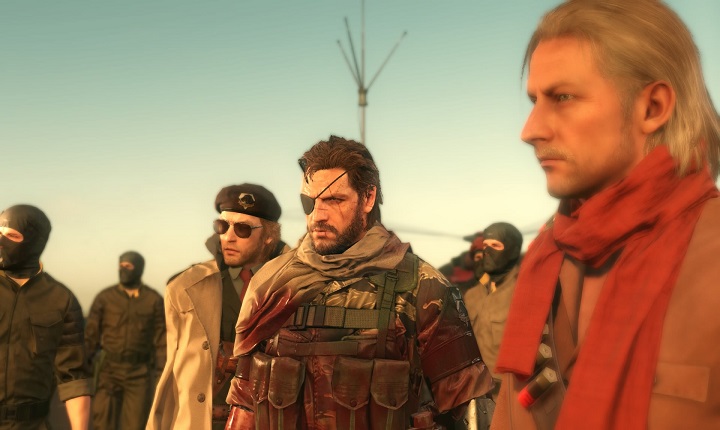
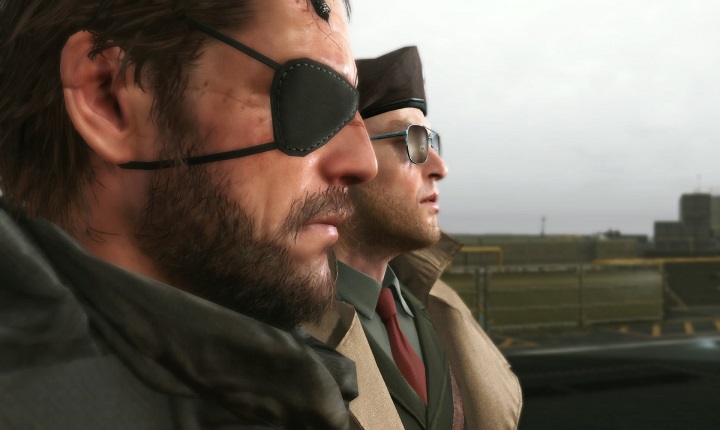
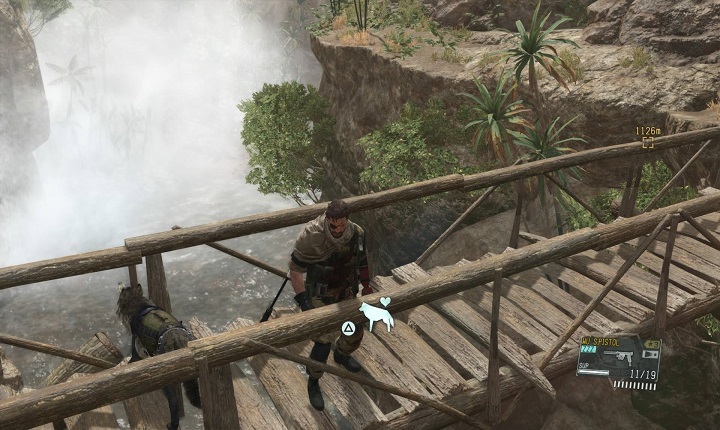

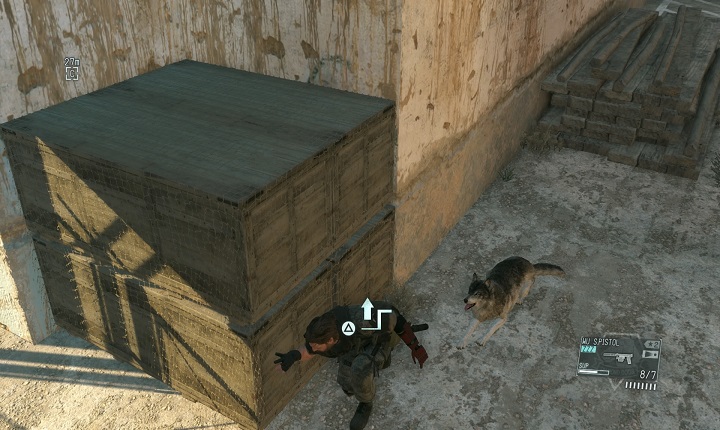
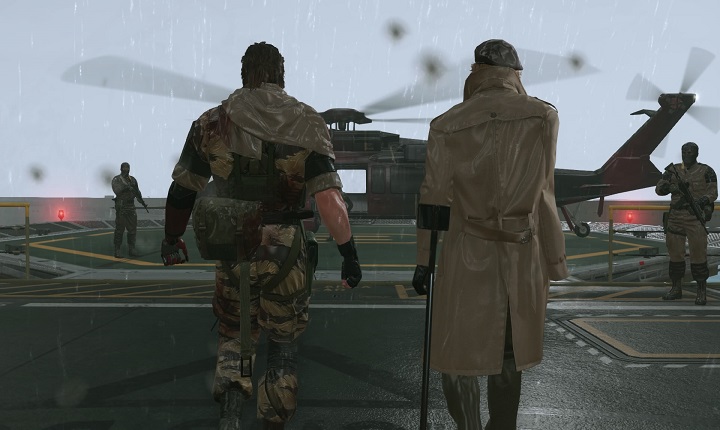




More Stories
Dead Cells – Multiplatform Review
20XX Review – Playstation 4
Absolver Review